A Culinary Adventure on EuroVelo 8
As anyone who’s gone on a cycling holiday will know, there’s nothing quite like a bike ride to work up an appetite. Calories? No worries, they wither away with each pedal stroke. Luckily, when you’re pedalling along the Mediterranean, there’s no shortage of tasty refuelling options. We’ve assembled a selection of some of the best specialities to savour along the route. Without further ado, from East to West, here’s our culinary guide to EuroVelo 8 – Mediterranean Route!
Türkiye
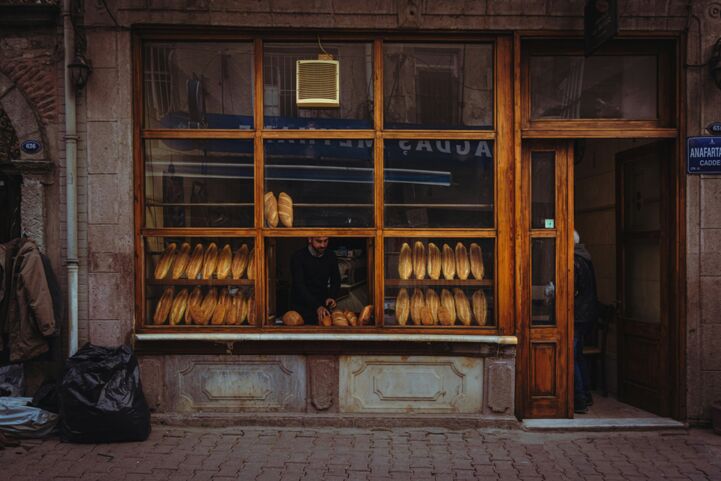
There’s no doubt we need to stock up before setting out on our journey. What better place to start than the traditional Boyoz-bakeries of Izmir? Arriving to the city with Spanish Sephardic Jews after their 1492 expulsion from Spain, the authentic Boyoz pastry of flour, sunflower oil and tahini is only to be found in the specialist bakeries of the Izmir city center. Served hot with a boiled egg, your choice of spinach and cheese, and a good sprinkling of pepper, the Boyzo makes for a solid start to the day before putting some miles in the legs. (While you’re there, make sure to pack some Kumru chickpea sourdough sandwiches for the mid-ride lunch!) We’re certain these morning treats will take us all the way to dinner. In Izmir, there’s no contest: we finish off our day along the Turkish coast with a dish of red and spicy Izmir köfte.
Croatia
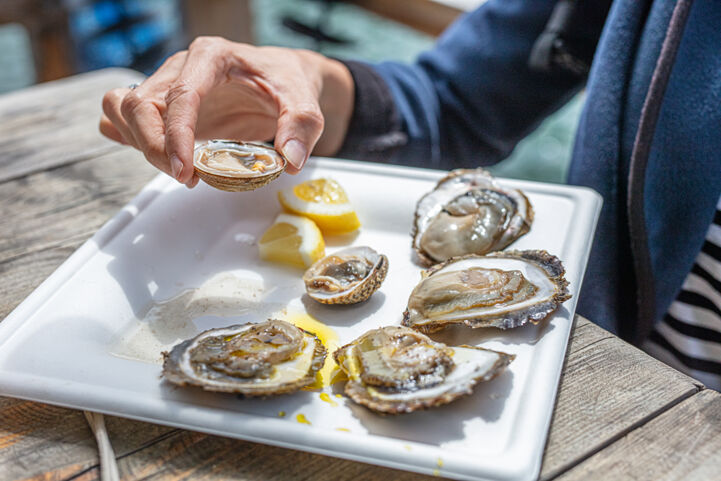
As we leave Türkiye well-stocked, we’re ready for the long and winding road up the beautiful Adriatic coast. EuroVelo 8 takes us right through the heart of the Croatian coastline with its rocky cliffs, pine gorges and pristine azure-blue waters. Luckily, there’s plenty of refuelling options along the way. We can start decadently in the south of the country, in Dubrovnik region, where the Ston oysters and the rožata rose-scented caramel custard give us that exuberant feeling of luxury.
Rolling north along the Dalmatian coastline towards the Split region, we might need something sturdier. Here, nothing beats the Soparnik chard pie. Another must-try is the pašticada, a beef stew that takes days to prepare according to the old recipes. The meat is marinated in a wine vinegar marinade, and left to simmer in a stew of prunes, dried fruits and spices.
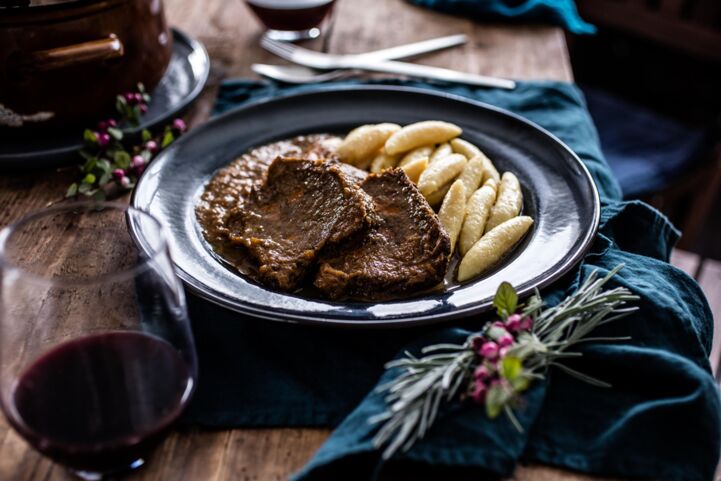
As we cycle north along the coast through the Šibenik region, we have ample opportunity to enjoy the black risotto with cuttlefish that is made all along the coast. The town of Skradin is not on the route, but the Skradin risotto, a local specialty cooked for up to ten hours, is worth a small detour inland. The seafood theme can continue if we like, with the buzara style mussels with garlic, parsley and white wine in the Zadar region. Here, a sip of the local Maraschno liqueur is also a must, with the centuries-old recipe deriving its special flavour from the marasca cherry tree, which grows wild in the groves of the Adriatic.
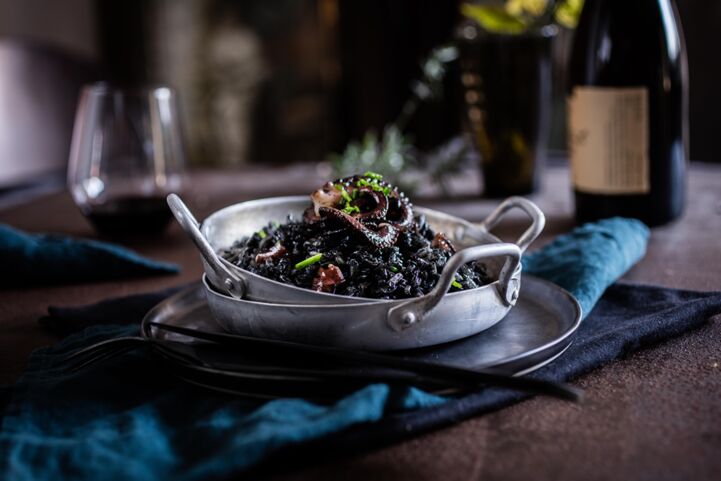
As we traverse the foothills of the Velebit mountain in the Lika region, it’s the perfect time to treat ourselves to the local škripavac cheese, which comes as fresh as it gets, straight from the producers. This is also the time to take a detour around the Gacka honey trail to experience a traditional stronghold of apiculture in the Adriatic region. Further along, in Kvarner, we get the best langoustines (scampi) on the Adriatic coast, and those with a sweet tooth should treat themselves to the delicious Rab cake, named after the Rab island in Kvarner bay.
As we arrive in Croatian Istria, the region’s diverse history is clearly marked in the cuisine, and sampling the local delicacies is an adventure in itself. The village of Svetvinčenat, just inland from the EuroVelo 8 route as it passes Pula, is home to the pljukanci– small, spindle-shaped pieces of dough, often served with pieces of prosciutto and wild asparagus, or with gravy made with sausage or mushrooms, locally known as martinčica. And while we’re here, we should make sure to try the world-class olive oil, and the indigenous Malvasia white wine.
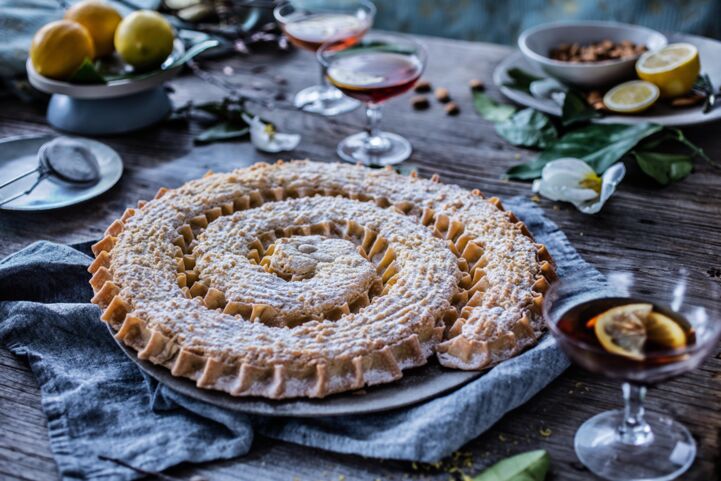
Slovenia
From Croatian Istria, EuroVelo 8 takes us to Slovenian Istria along the well-known Parenzana. After such a long trip, we’ll presume the times ripe for a full course meal (that is, if we’re not too stuffed from all those Croatian treats…) Here, the menu follows a similar pattern: For starters, Istrian Karst prosciutto and Istrian sheep cheese with homemade bread is a surefire win. The Karst prosciutto is made from pig thighs, salted and matured for several months in the cold, dry ‘bora’ winds. The taste of local Istrian sheep farmers' cheese comes from the special autochthonous Istrian sheep breed.
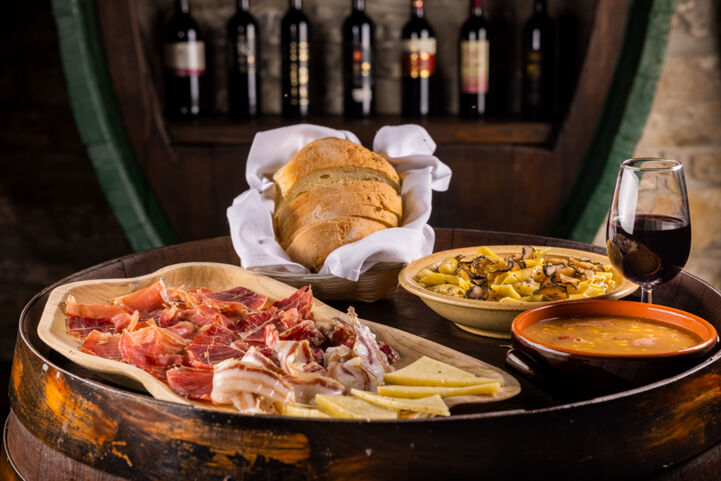
Following the appetizers, we can indulge in the bobiči soup, an Istrian minestrone made of corn, potatoes, smoked pork, various vegetables and herbs. Bobiči is the local term for corn kernels. Traditionally, the soup is prepared in the summer and autumn months when the maize is fresh. (Today, you will be able to enjoy the soup year-round, which will surely be a relief for cyclists taking advantage of the mild mediterranean winters, or the flowering springtime). For our main course, we go for local truffles, growing in the favorable conditions of the Istrian peninsula. Here, truffles are usually served with typical light Istrian pasta, called fuži. To quench the thirst, there’s nothing like the refošk red wine from the ancient refosco vine variety native to Istria. It is an intense, richly coloured wine that is the perfect companion for the mild Mediterranean summer night.
France
There’s no need to repeat the abundance of choices that’s coming up as we head across Northern Italy towards France. For now, we’ll assume that the mood is holding up as we traverse Italy and the French riviera. From the salade Niçoise to Bouillabaisse in Marseille, and not to forget the Bourride Monkfish stew from Sète or the abundant olives, local tapenades and the oysters from the Languedoc region, there is something for everybody. And, oh yes, the French wines of course… What will it be, red or white?
As we roll languidly westwards, the mountains of the Pyrenees loom in the horizon and we are treated to a number of local specialties, from the Catalan Boles de Picolat meatballs stew, where the meat simmers simmered in a rich olive oil sauce with carrots, garlic, mushrooms and tomatoes, to the classic anchovy and bell pepper salad.
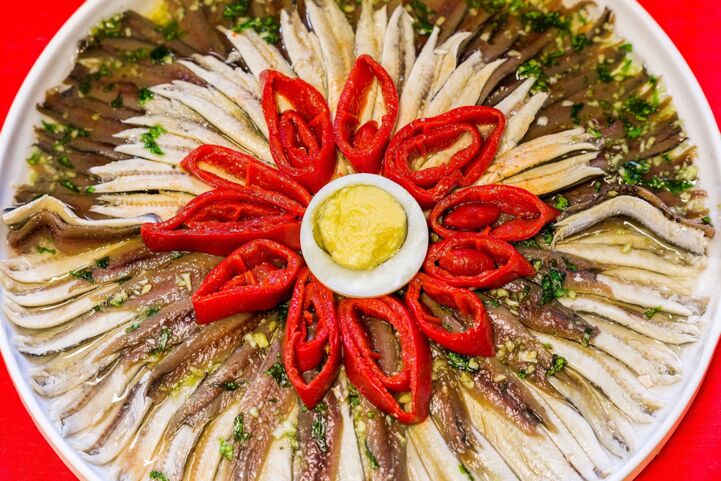
So, there it is: travelling along the Mediterranean by bicycle certainly does not have to be a Spartan affair (although we do not judge the ascetic sportspeople among us). With our adventure reaching a close, we can only hope to get enough miles in the legs to compensate for this Epicurean excursion!
Article by Amund Vandvik Skogrand